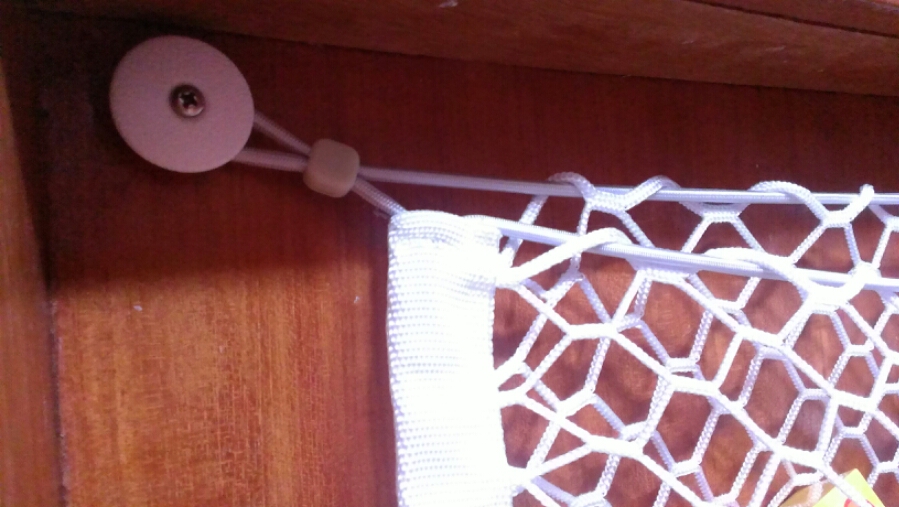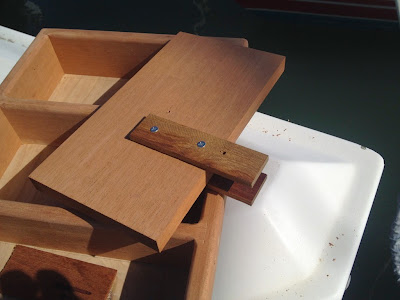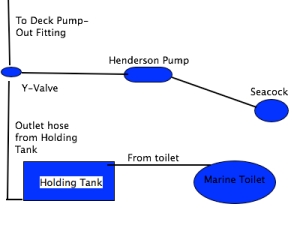This is your site. For this to work out for all of us, everybody needs to contribute - think of this as a pot luck dock party.
Come on now. All of you have a small project of one kind or another that others would be interested in seeing. Contribute to the feast:
- Write it up and send it to SmallBoatProjects at gmail dot com
- or -
- If you have already written it up on a blog somewhere and are willing to share, just tell me where in the wide world of the Internet to find it, and I'll come and get it.
- or -
- Give me permission to "mine" your blog for projects. Anybody who is writing a blog about boating has numerous small projects buried in there. I'll ferret them out, if you let me. No, I won't put your content on here without your permission.
- or -
- Send me what you have, and I'll do the write-up, with full credit going to you as your project, of course.
Every posting will feature a link to your article (if there is one) and a link to your blog (if you have one). In addition, all contributors will permanently have a link in the "Contributors" box on the right side of the blog. This ought to drive some of the traffic that this site is seeing back to your site. I will not take any recent posts (unless you tell me otherwise) - that way this site will not be in competition with yours. Instead, it will hopefully serve to "reactivate" some of your older posts.
But the most important benefit you'll get is the warm feeling of having helped someone thru a problem - one that you have solved. And we will all be the richer for it.
Pitch in!







































